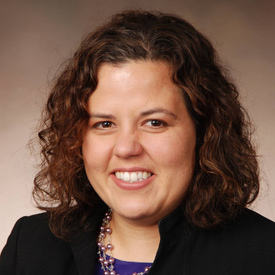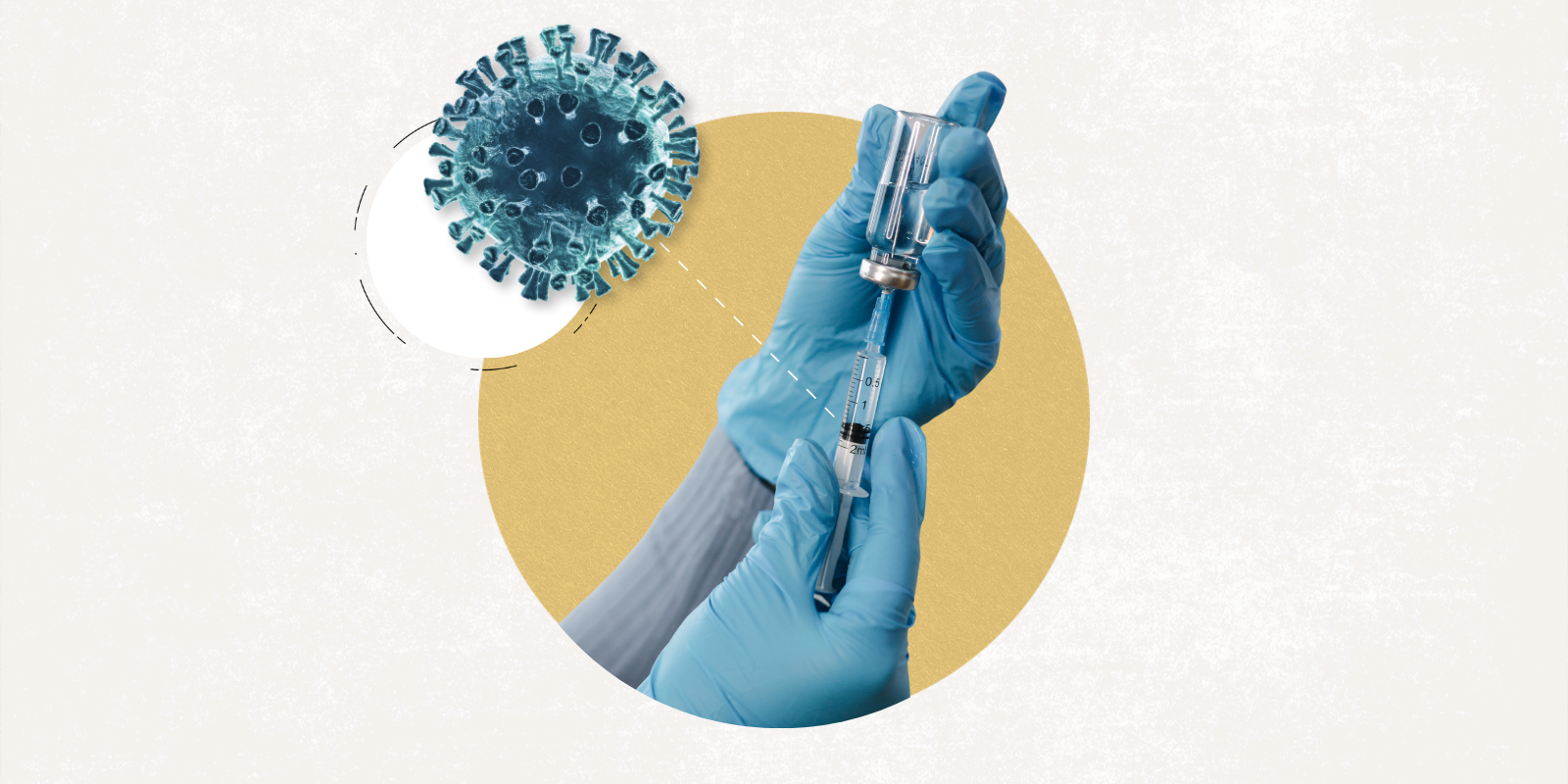Michelle Barron, MD, presented for the Women in Leadership Speaker Series on April 27, a perfect choice by organizers seeking a woman leader during the COVID-19 pandemic. Barron, a professor of medicine in the University of Colorado School of Medicine and a top infectious diseases expert in the state, was front and center of the public health crisis during the past two and a half years.
The year 2020 started with a fog of uncertainty regarding the new virus spreading rapidly throughout the world. Questions arose: Where is the microbe? How many? How virulent? How communicable? Of course, the world has experienced pandemics before, such as the Black Plague and the Spanish flu, but none as recent as the COVID-19 pandemic.
The onset of the COVID-19 pandemic reminded Barron of the SARS outbreak of 2003. While that health threat never became as widespread as COVID-19, the outbreak acted as a precursor for many health care workers, Barron said.
“A lot of the work in this arena started with SARS, where we started thinking, what if this had really hit us? What would we have done? Where would we put patients? Do we have enough PPE (personal protective equipment)?”
Barron shared eight chief lessons learned during the pandemic. Here is a synopsis of those takeaways.


.png)

